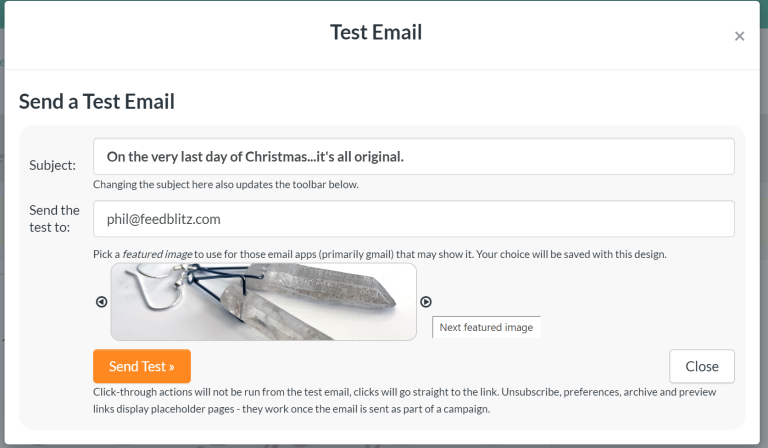Learning how to write a business plan is essential for any new business idea. Unfortunately, we’re not all taught this skill in school.
Writing a strong business plan is an art. It involves accurately communicating one’s full potential and market knowledge in a single document.
Luckily, you don’t need to reinvent the wheel.
I’ve created a concise template for you to write the ultimate business plan, no matter your industry experience.
Whether you’ve been workshopping startups for decades or starting your first small business, we all start from the same place.
A killer business plan!
Ready to skip to the good stuff? Download my free business plan template and start planning your success. Still, I highly recommend you read on for detailed advice every step of the way.

Why Write a Business Plan?
I get it; you want to hit the ground running. But a little planning never hurt anyone. In fact, a well-made business plan is one of the key elements in achieving career success.
A detailed plan can help you narrow in on company objectives, guide business decisions, and determine whether your business is feasible.
Learning how to write a business plan also has monetary benefits, helping you gain funding, potential investors, loans, and grants.
A business plan is an excellent tool to refer back to, including growth projections, performance benchmarks, and potential weaknesses in your strategy.
The best part about crafting a business plan is that it will grow with you, serving as a living resource of all you have and hope to accomplish.
Elements of a Great Business Plan
Beyond formatting standards, there are specific elements that make for a standout business plan:
- Write in concise, easy-to-understand language, avoiding unnecessary fluff.
- Include all relevant documents, demonstrating attention to detail and a well-thought-out business model.
- Demonstrate apparent market knowledge through research and projections.
- Include a mission statement and unique value proposition that makes your business a market standout.
How to Write a Business Plan: 11 Steps to Success
Ready to get writing? Entrepreneurs can use this simple, 11-step process to make their dream business a reality.
Note that this business plan format is meant for personal planning. It will need some formatting changes before it’s sent to potential investors (more on that later!).
1. Establish Your Monthly Income Goal
First up, establish your monthly income goal.
It may sound simple enough, but this goal will inform almost every decision you make in the future.
This short-term goal will also give you and potential investors a peak into long-term success.
2. Describe Your Business Vision
Next, write a short section describing your business vision. This is also known as a UVP or unique value proposition.
- This is the “what” portion of your proposal. What are the basics of your business? What are you selling? What do you hope to accomplish?
- This may also include a mission statement, the “why” in your business that makes it stand out from the competition.
If you’re struggling to land on the right business for you, check out our posts on:
3. Name Your Business
This will either be the easiest or the most challenging step in writing a business plan. First impressions are everything. And your business name will be your forever first impression!
- Choose a business name that best represents you and your long-term business goals.
- Check to see if the domain is available and if there are any existing trademarks.
Check out this article for tips on naming your business.
4. Establish a Legal Structure
Next, outline your business structure, both in the short and long term. Will you run your business as a:
- Sole proprietorship: Simplest structure with one individual acting as the business
- Partnership: Operated by two or more people with shared business responsibilities
- LLC: Known as a “limited liability company because members are protected from personal liabilities when it comes to the business
- Corporation: Separate from individual members, corporations are legal entities with higher taxation and regulations but high protection of personal assets
5. Look at Certifications
All industries require varying levels of qualification to run a business. Describe any needed:
- Licenses
- Permits
- Insurance
- And all other certifications!
6. Consider Payment Methods
Gone are the days of cash payments. In the digital age, almost all transactions are digital.
That said, there are still plenty of payment methods to choose from. Consider one or a combination of:
- Physical payments, cash, or card
- Secure online transactions
- PayPal or other payment app
- Third-party like Etsy or Shopify
7. Product Expenses and Tracking
Before starting a new business, having an easy, thorough way to track payments is going to save you a lot of time during tax season. It’s also a necessary step in tracking and forecasting financial plans.
In this stage of “how to write a business plan,” consider:
8. Identify Necessary Permits
Depending on your business structure and industry, you may need any combination of:
- Trademarks
- Patents
- Or licenses to conduct your business
Identify any necessary permits and show proof of obtaining them in your formal business plan.

9. Decide if You Need a Business Phone or Address
Business numbers or PO boxes are necessities for some businesses.
For example, PO boxes are used for product returns. This offers business members a level of privacy and security that wouldn’t be provided if they used their home addresses.
PO boxes are also highly reliable and regulated, making them frequently more efficient than a physical address.
Business phone numbers offer a similar level of privacy, allowing customers to seek direct support during business hours.
A business number allows for accessibility, as some customers aren’t able to access online support.
10. Consider Marketing Methods
New business owners should consider a marketing plan straight from the jump. Marketing is at the core of making any new company a success.
Develop a clear marketing strategy, including:
- Industry trends + market analysis
- Target market + customer segments
- Industry competitors + positioning
- Advertising methods (social media, email marketing, paid advertisements, cold calling)
- Social media presence + digital marketing strategy
- Marketing goals + key performance indicators
11. Decide on Your Platform
Finally, decide which platform will be the bread and butter of your business.
While you may have diverse revenues from a single business venture, you’ll need to choose one platform to run your primary website.
Popular website options include:
Each platform offers different customization capabilities and levels of online support. Some are incredibly user-friendly, while others require basic coding knowledge.
Choose the platform that will best suit your capabilities and customization needs.
How to Format a Formal Business Plan
While you can download my free business plan template to start, this is meant for personal use.
When sending a business plan to potential investors, the text needs to be a bit more formal. Here’s how to do it:
- Create a document filled with the imperative information above.
- Frame all content as either statements or projections.
- Omit or alter content written for personal use.
Format Standards
Traditional business plans all follow a strict formula. Luckily, you’ve already done all the leg work above!
Simply use your workshopped content to include the following:
- Cover page: A minimalist cover page that represents your business, including your name, business name, proposed logo, and contact information
- Table of contents: List all sections and included documents as a navigation aid
- Executive summary: This is a concise, complete overview of your business plan, including key elements of opportunity and strategy
- Company description: Describe the “what” and “why” of your business model
- Market analysis: Share in-depth marketing analysis, including targets, trends, and growth opportunities
- Business structure: Ownership and legal structures
- Products/services offered: Sharing your product and how it fills a gap in the market
- Marketing strategy: Full strategy, including pricing, advertisement methods, and budget
- Funding request: Amount requested, type of funding (equity or debt), and future financial plans
- Financial projections: Include monetary forecasts such as balance sheets, income statements, cash flow statements, and expenditure budgets for the next five years.
- Appendix: All other necessary documents, such as legal agreements, references from industry experts, and marketing data research
More on How to Write a Business Plan
Writing a business plan doesn’t need to be daunting; it’s an opportunity to explore the possibilities of your future business.
When tackling your business plan, follow these simple steps rather than drowning in industry jargon.
Download my free business plan template to get started. And if you’re looking for more resources, check out all of our posts on how to start a business.
What questions or suggestions do you have for writing a business plan? We would love to hear from you!











